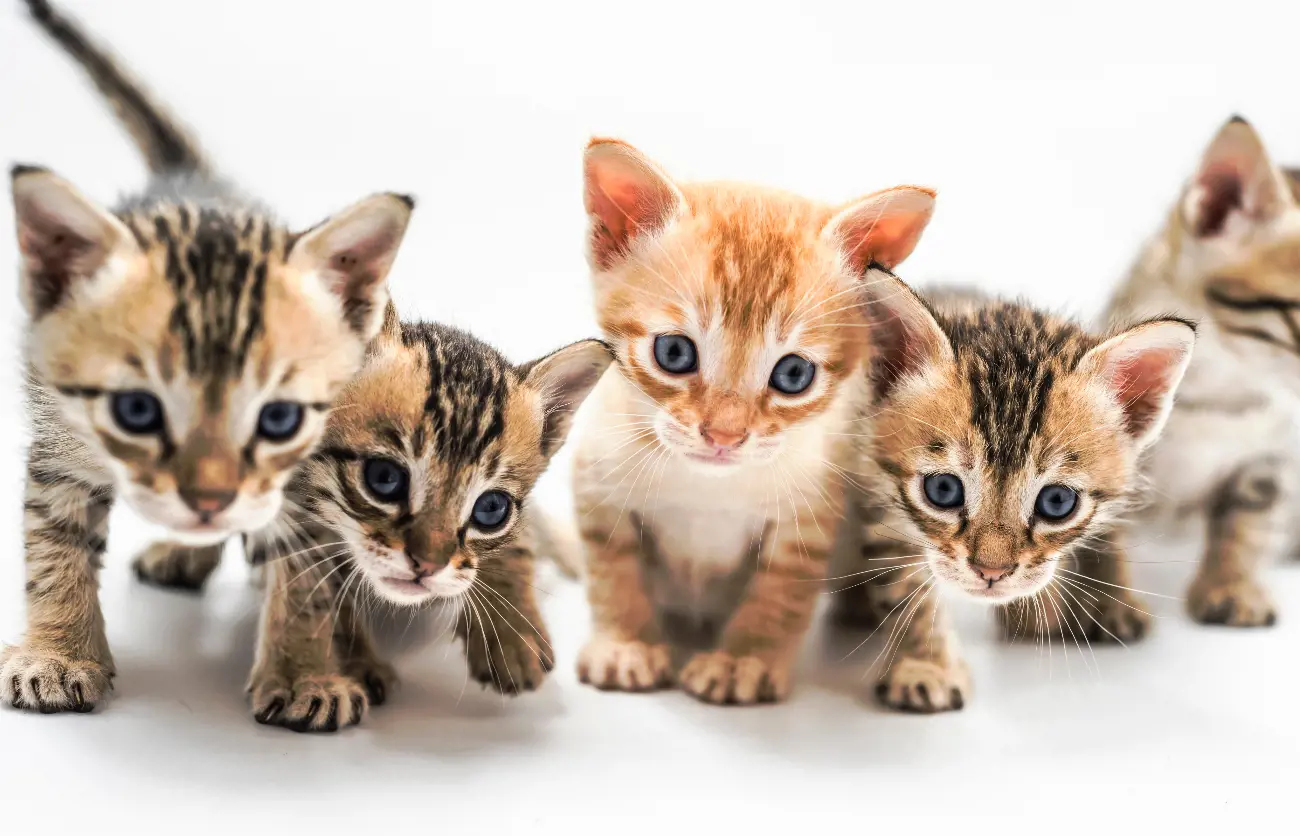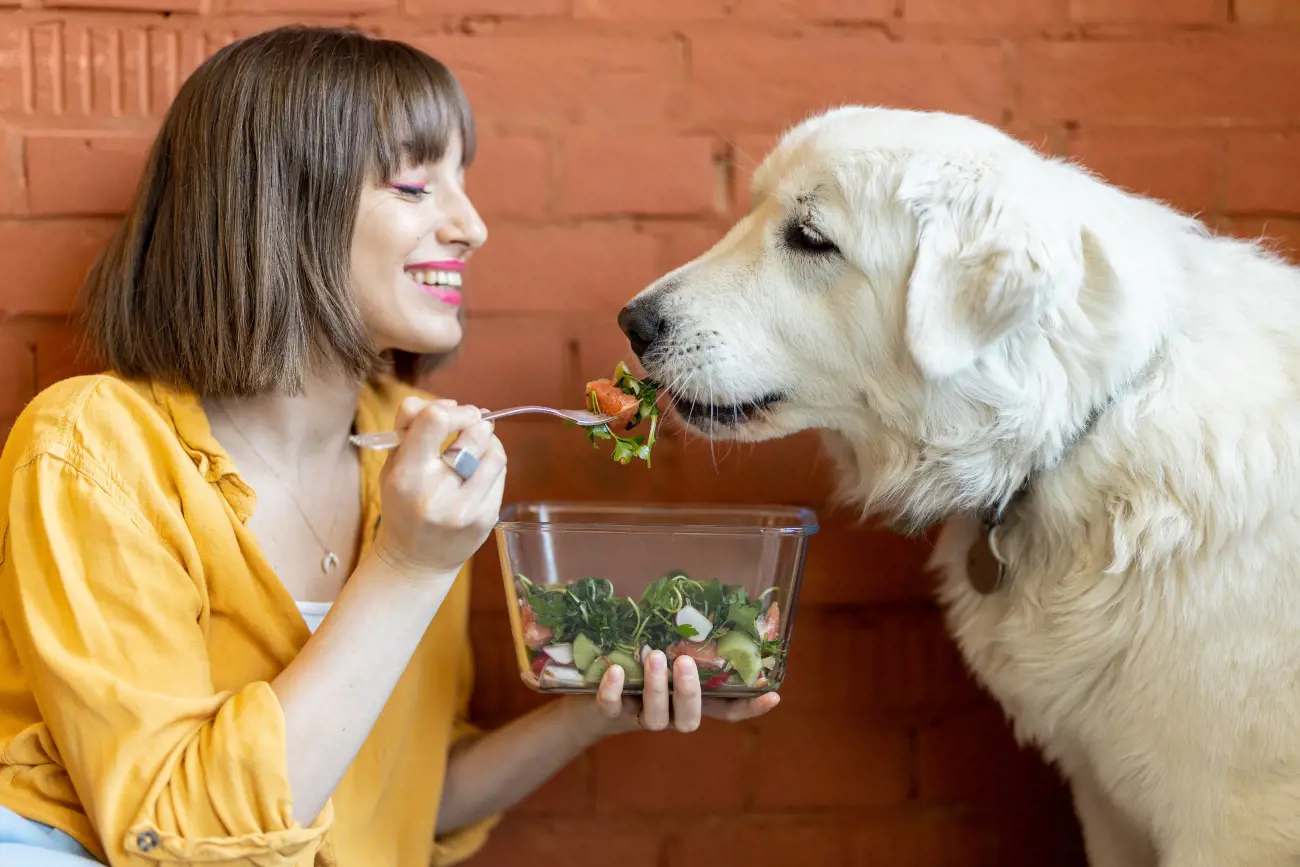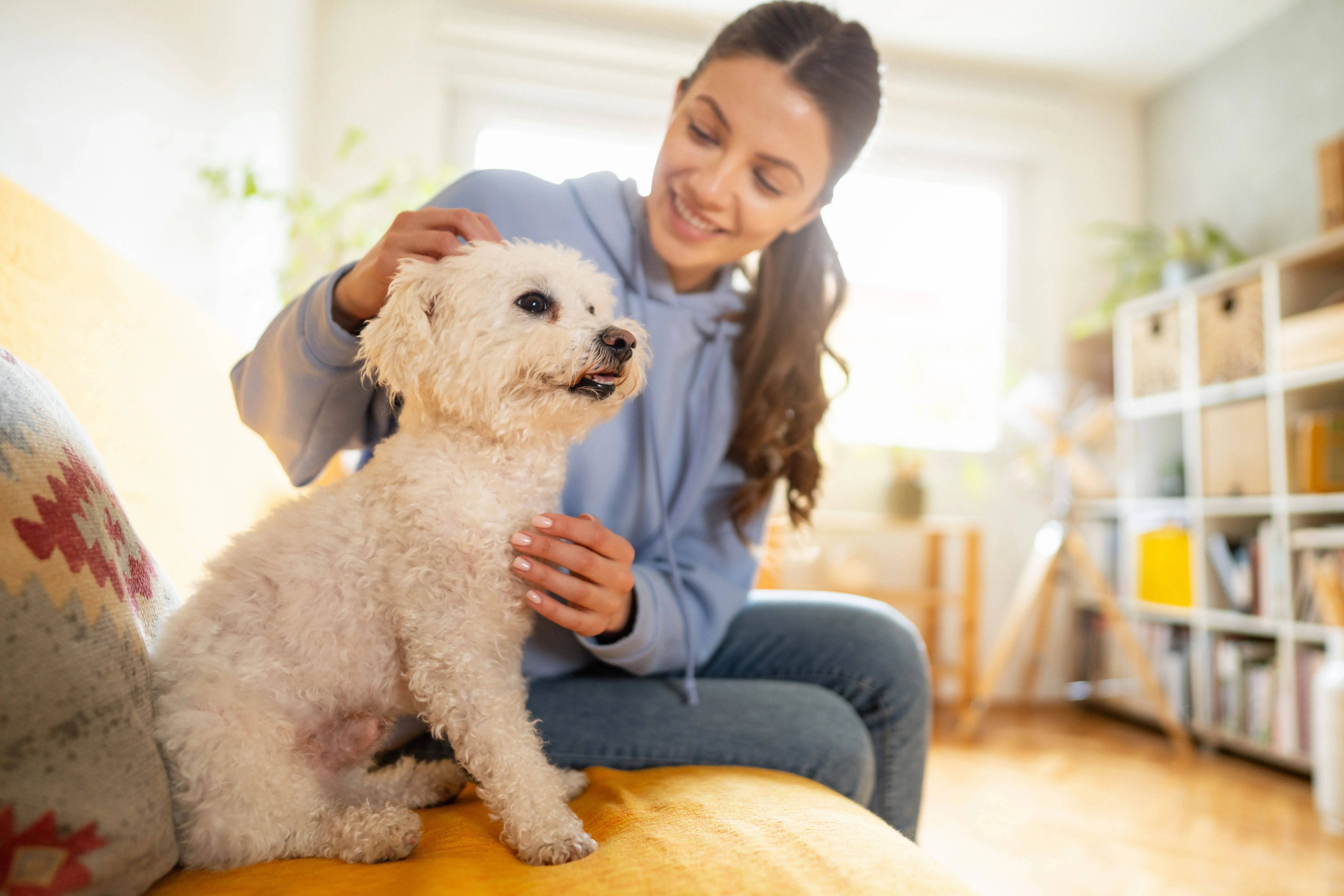The benefits of children building a bond with pet
11th November, 2019

Adorable, fun and full of love, pets can be wonderful additions to the family. They form strong bonds with children, helping little ones learn empathy, responsibility and compassion, as well as boosting physical and mental wellbeing.
As a parent, you only want the best for your child, so you may be considering adopting a four-legged friend for them to care for and learn from.
The benefits can be invaluable but, of course, pet ownership does come with risks attached, and vet bills can stack up.
Purely Pets understands how important our favourite furballs are to us.
We offer straightforward, dependable pet insurance tailored to each owner’s needs and budget, so there’s no reason your child can’t enjoy a rewarding relationship with a beloved pet.
We’re animal-lovers too, so we’ve broken down why now might be the time to pick the perfect pet for your child.
Should kids have their own pets?
Taking on a pet is a big responsibility, but any pet lover will tell you: it’s worth it.
As long as you train your pet positively and consistently, they’ll be a safe, fun and furry friend for your child to play and grow with.
It’s essential to secure reliable pet insurance, to give you the peace of mind that your new furry family member will be covered in the event of illness or injury.
You’ll need to teach children how to handle a pet gently and safely, making sure both parties feel comfortable and content. Read our recent blog on how to keep children safe around pets.
From here, a wonderful bond can develop.
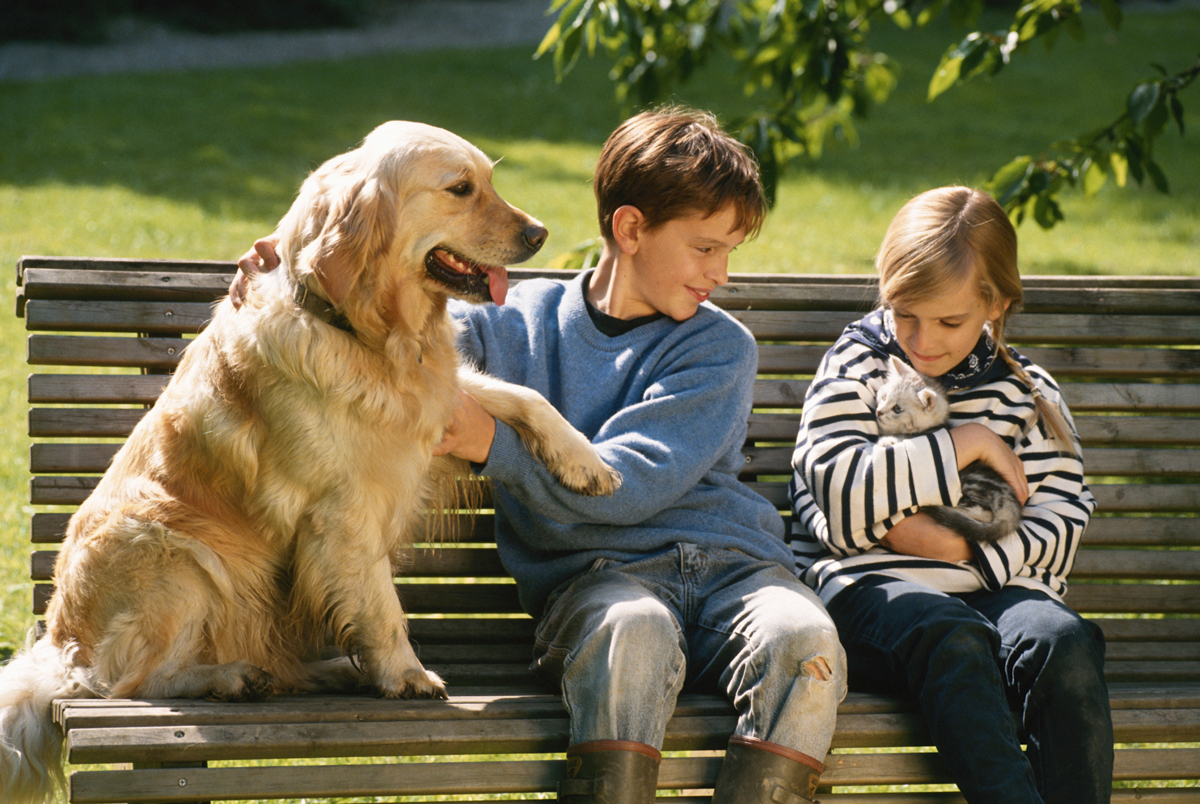
Benefits of children being around cats/dogs
Pussycats and pooches are among the most popular picks for pets, known for their friendly, playful natures and penchant for snuggles.
Let’s take a look at some of the benefits associated with these lovable creatures:
Physical wellbeing
Most dogs need plenty of exercise.
They love to roam outdoors, so they’re a great way to get your child exercising more, walking, playing fetch and enjoying the fresh air.
Canines and felines are often keen to play.
Rather than watching TV from the sofa, these fun kitties will get your child up and about, even indoors, enjoying games of chase or hide and seek.
One of the greatest gifts you can give your child is a love of exercise.
Keeping active from a young age helps combat a range of illnesses, and gets the blood pumping around the body.
Blue Cross cites research suggesting that simply petting a furry pal can decrease blood pressure.
Studies have also shown that children who grow up in pet-owning households have a lower chance of suffering from allergies later in life.
Mental health
Being a kid can be tough, especially in an increasingly digital world.
Pets can be a fantastic balm to children suffering from anxiety or depression, helping them get outdoors and away from their screens.
Merely snuggling on the sofa with their favourite puppy or kitten can boost a child’s mood and reduce stress, as feel-good endorphins are released when petting animals.
Dogs and cats are frequently used as therapy pets, so it’s clear that they’re good to be around.
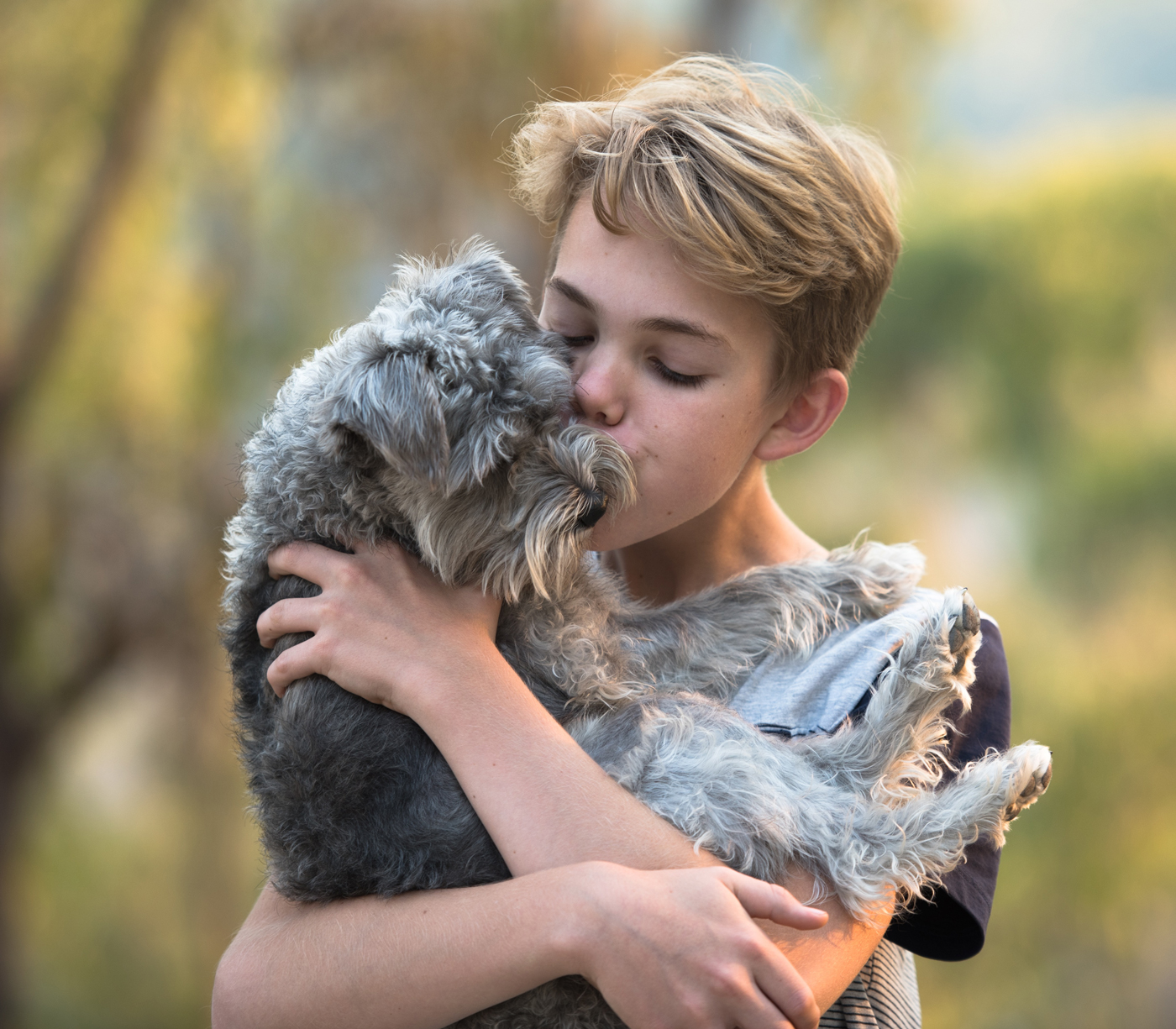
Life lessons
Both kitties and pups need plenty of love and care. Pet ownership is a great way to teach your child about the importance of responsibility, patience, kindness and compassion.
Many kids are reluctant to help with household chores.
You’ll find they’re much more enthusiastic when it comes to feeding and caring for their adorable pets – better yet, they’ll learn how to take responsibility for another living creature’s needs.
A rescue cat or dog will likely require plenty of time and patience when acclimatising to their new home.
Helping to train and gently build a rescue pet’s confidence will teach children valuable lessons about patience and empathy.
Sadly, it’s a fact of life that pets, like us, sometimes suffer from illness or injury.
With your guidance, your child can learn what it means to have compassion, treating a vulnerable pet with love and kindness.
The loss of a pet is incredibly painful, but it helps children learn how to process grief in a natural and healthy way.
Before your pet moves in
Once you’ve made the decision to adopt a pet, you’ll need to ensure your house is secure so you can keep your children and new pet safe and sound.
Follow these 4 steps:
- Make sure you have reliable pet insurance – accidents can and do occur around the home.
- Install stair gates – perfect for keeping pets and small children apart when you’re unable to supervise.
- Create a designated area for cat or dog toys, to avoid mix-ups with your children’s toys.
- Set up a special place in the house for your puppy or kitten to retreat to when they need some peace and quiet – this should include a comfortable bed, toys and a fresh supply of water.
The arrival of a new pet is incredibly exciting for children.
They’ll be looking forward to their furry friend moving in, so you can channel this positivity into practical planning.
Start by picking a pet name together. This is a nice way to instil a sense of responsibility in your child, as they’ll feel like they’re part of the adoption process.
You could also write a shopping list together, thinking of things your pet will need when they move in – poo bags, litter trays, bed and food, etc.
Next, write down some kitty or doggy rules together – different species have different needs.
It’s a great way to communicate to your child how their new pet should and shouldn’t be treated, getting them to think about what your new family pet would enjoy – gentle petting – and what they wouldn’t – being woken up in the middle of a long, relaxing snooze!
You could try writing ‘pet promises’ together, making a fun, colourful poster listing pledges such as ‘I promise to make sure you always have a fresh bowl of water.’
By creating a set of guidelines, you’ll have a bright visual aid to refer back to when your child needs a little pet refresher course.
For younger children, consider teaching them about pet care by introducing a toy animal.
There are plenty of wonderful toys that come with pet accessories such as bowls and beds, so your little one can safely practice caring for their pet.
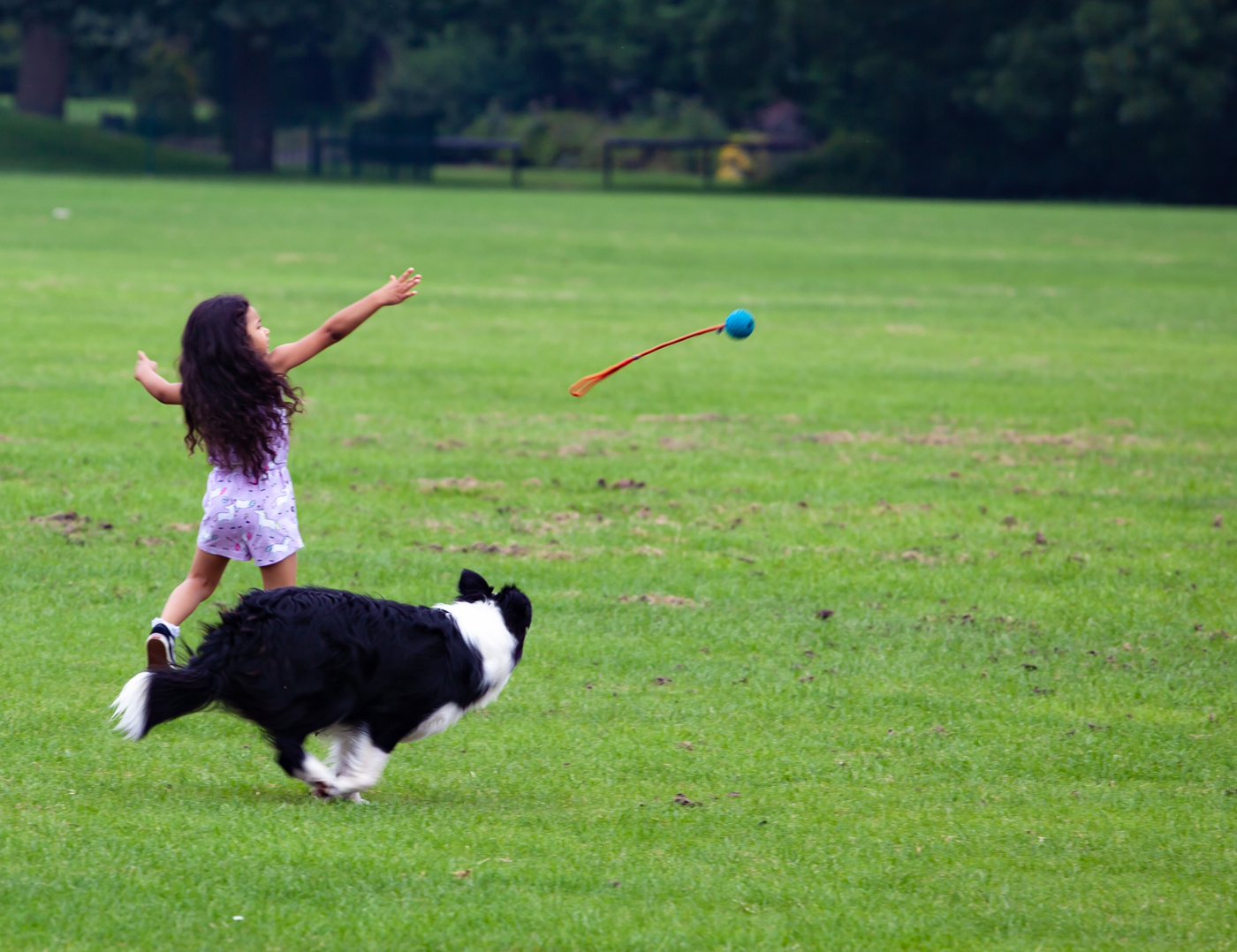
Blue Cross lists some other clever teaching tactics:
- Play a ‘fun facts’ game, researching your pet together and learning new things about them. This is a smart way to teach your child about their pet’s likes and dislikes, as you can discuss your findings together and even make a poster.
- Get your child to take part in the ‘If I were a pet’ game, asking them to shut their eyes and imagine what it’s like to be the new pet. It’s a wonderful means of getting little ones to understand how their pet might be feeling, as you can ask questions such as: ‘How would I like my new family to treat me?’ and ‘How might I feel on my first day?’
- Ask your child if they’d like to be their new pet’s hero. With your supervision, let your child introduce their new best friend to visiting friends and family, laying out play rules and fun facts before they greet the pup or pussycat.
Introducing a pet to your children
It will take a lot of effort, but it’s well worth teaching your child and pet how to safely interact with one another – after this, an incredible bond can grow.
Like kittens or puppies, little ones are still learning about the world around them.
Young children will naturally want to pull, pat, touch, pick up and grab an adorable new furball – no one can deny how cute cats and dogs can be.
Newly arrived canines and felines will be tired and nervous.
They’re not naturally wired to enjoy being smothered with hugs, licking your faces or stared at, up close.
Younger children can startle new pets with sudden sounds and movements, so ensure you show little ones how to act around pets, demonstrating quiet, gentle stroking motions, then letting them follow suit.
Most importantly, supervise at all times. Animals and children can provide one another with boundless love and fun, but accidents can and do happen, so make sure you have reliable pet insurance.
Kittens and cats
Kittens will need some quiet time upon arrival, and should be allowed to explore their special area of the house in peace, plus enjoy plenty of sleep.
Once your kitty is relaxed or starts showing signs of curiosity, calmly sit with your child at floor level, staying quiet and still.
Allow your kitten to approach, and let your little one offer gentle strokes.
Keep sessions short initially, and bear in mind that kittens are naturally inclined to use their claws and teeth during games, so you’ll need to train them to direct this toward approved toys.
While it’s wise to get your kitty used to being calmly picked up, make sure you supervise, only allowing your child to do so when their furry friend is in the mood.
Likewise, take care to ensure any adopted adult cats are given the time and space to approach on their own terms.
Rescue cats may be particularly nervous, so any contact with your little one should be closely supervised.
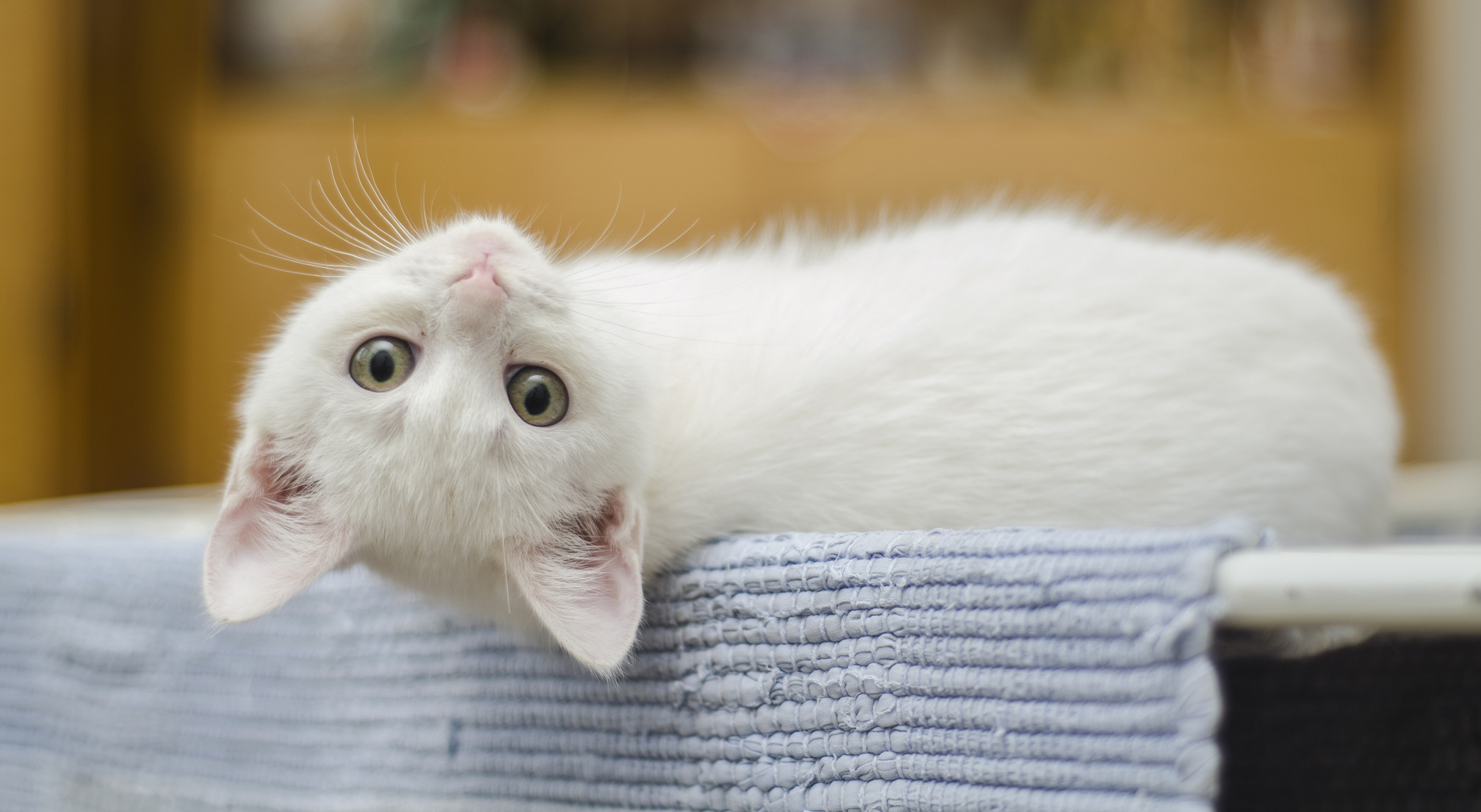
Puppies and dogs
Like kittens, puppies need peace and quiet when they arrive at their new home.
Check your child understands that your new pup deserve time to get acquainted with new surroundings, sniffing around and exploring.
Young pooches need lots of uninterrupted, quality sleep – this shouldn’t be disturbed for snuggle time.
Explain to your child that it’s always best to wait for their puppy to approach willingly before initiating play or petting.
Encourage gentle strokes, avoiding play until your pup has had some obedience training.
No-one should bother or touch a pooch during doggy mealtimes, as hungry furballs may misunderstand and become territorial.
Puppies are very passive, and will likely tolerate a lot before exhibiting signs of discomfort.
This is why it’s so important that your child understands it’s never ok to be rough or boisterous with their furry friend.
You want to avoid the chance of dog bites, so vigilance is required at all times.
There may be days during which your pup or little one becomes over-excited or agitated; at times such as these, management is essential.
Keep pup safely contained using their crate or the stair gate, distracting them with a feeder toy or chew.
When your child is away at school or in another part of the home, use this free time to train and play with your four-legged friend.
Rescue pooches and older dogs may have a little less confidence or patience when interacting with humans.
It’s vital your child understands this, adjusting their expectations.
There’s no reason a wonderful bond can’t be built, but this will likely take extra time and effort.
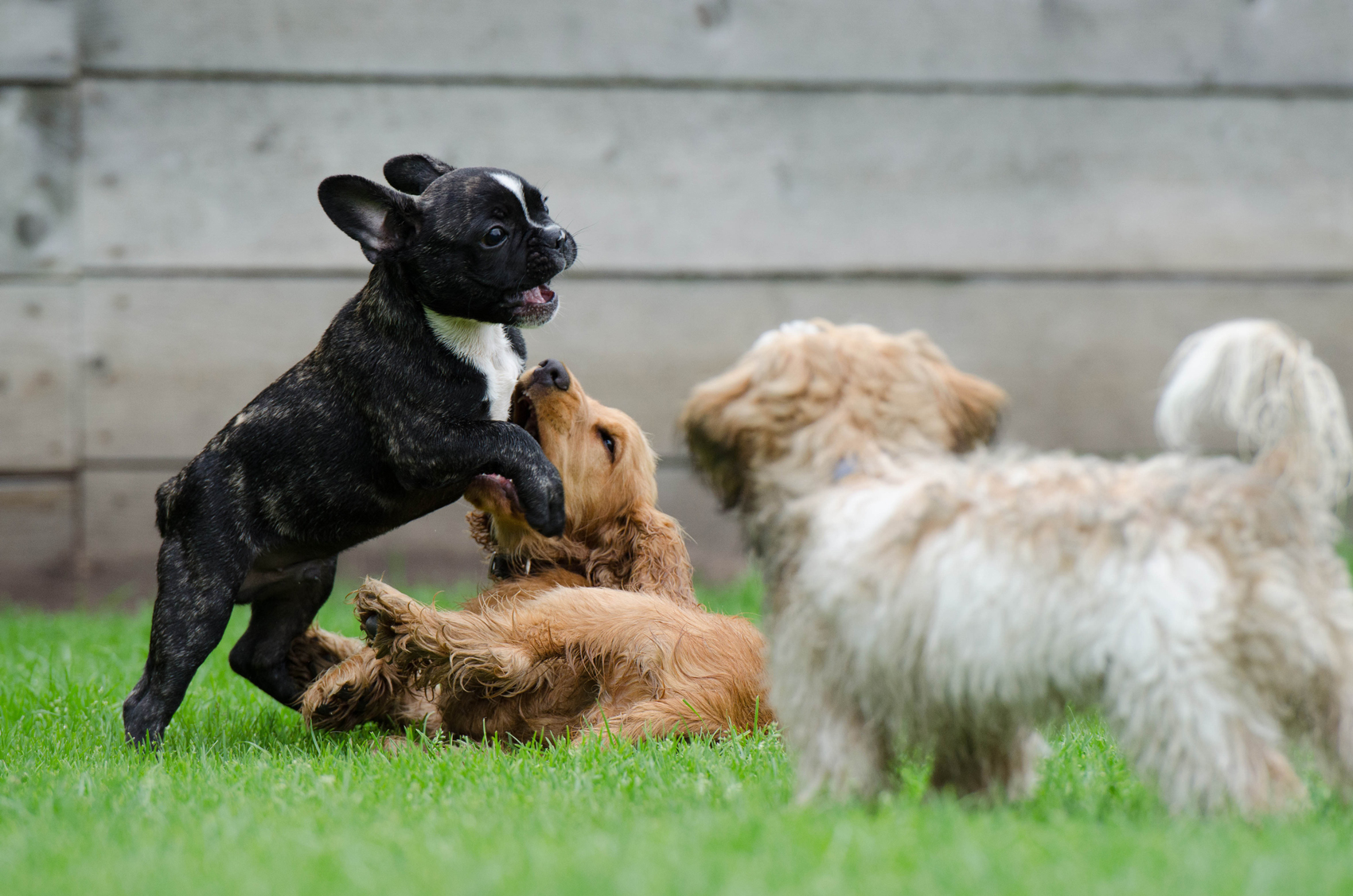
Top pet safety tips
- In case of accidents, make sure you have dependable pet insurance.
- Watch carefully for signs your cat or dog is nervous or unhappy, discontinuing play/snuggle time accordingly.
- Nervous puppies might: hide, avoid, lick their lips, yawn, growl, snap, bite or tuck their tails – you and your little one should learn how to read canine body language.
- Anxious kittens might: hide, meow excessively, tremble, pace, toilet outside the litter box, act jumpily or become aggressive – make sure the whole family know the signs of feline anxiety.
- Only encourage contact between a confident child and pet. If either party is anxious or frightened, accidents are more likely to occur.
Enjoying life with your new pet
The bond between a child and pet is a truly special thing. Both can learn from one another, enjoying countless hours of play and snuggles.
A favourite furball can be an incredible comfort during stressful times, and an endlessly loyal companion.
Likewise, children are the best of playmates for pets, showering them with love and fun.
A pet is an expensive investment, so it’s essential to have reliable cover from day one.
Sadly, accidents and health issues can never be ruled out, and vet bills can quickly pile up.
Purely Pets offers a range of pet insurance policies, tailored to your pet and your budget.
Welcome your new pet with peace of mind – get a quote today
Helpful Pages
Recent Posts
Pet Insurance Quote
- 98% claims paid *
- Claims paid directly to vets
- 24/7 vet video consultations
- Interest free monthly payments
